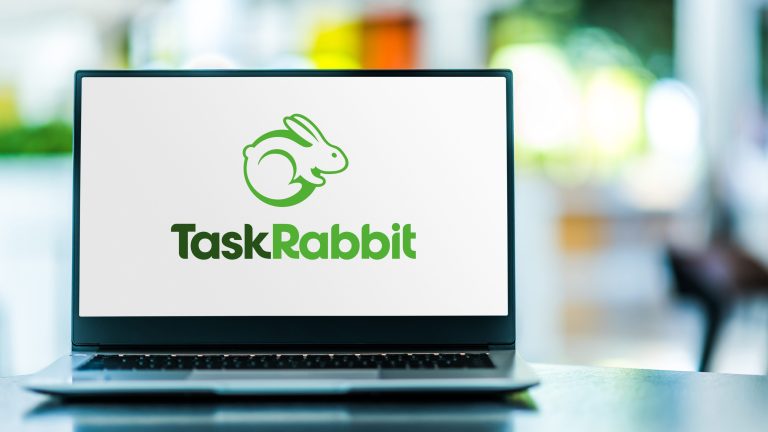TaskRabbit on How Instant Disbursements Can Create Freelancer Loyalty for Gig Platforms

Instant gig worker payouts need instant payments infrastructure. In the Disbursements Tracker, TaskRabbit’s Vice President of Product Jennifer Grasso explains the importance of instant payments to today’s freelancers and why new payments infrastructure is a key piece of the puzzle.
The lingering global health crisis continues to affect consumers’ financial health, prompting a growing share to consider gig work for a quick financial boost.
One study found that approximately 20% of U.S. adults, roughly 10 million consumers, are considering freelance work because of the flexibility and other benefits remote work offers. The gig economy is also working to recover from the constraints of the pandemic, with 52% of gig workers in March 2020 reporting that they had lost their jobs and 26% saying they had experienced sharp declines in their work hours.
This change makes creating easy and swift payments experiences for gig workers critical as interest in the freelance market expands. That is why gig economy marketplace TaskRabbit, which allows individuals to connect and tackle tasks such as building furniture, is looking to enhance its payments capabilities, said Jennifer Grasso, the platform’s vice president of Product.
“We are seeing demand for instant payment options among Taskers,” she said. “We’re currently exploring ways to expedite payments to Taskers.”
Supporting instant disbursements is one way gig economy platforms can engage with the growing number of consumers seeking part-time or freelance work. Providing these payment options can help platforms build lasting professional relationships with such individuals. Removing frictions and delays from the payment experience, therefore, is a key step that gig marketplaces cannot afford to overlook.
Keeping Gig Disbursements Transparent
The gig economy continues to appeal to more workers, many of whom are drawn in by the flexible hours and control over their workdays or projects. Gig workers represented an estimated 43% of the total U.S. workforce by the end of last year, indicating the rising attractiveness of freelance work across numerous sectors. Yet failing to provide convenient, seamless payment methods for gig workers or prospective freelancers can dampen this enthusiasm, stripping away some of the space’s natural allure.
“Opacity around payment timing and amounts is one of the main challenges that we’ve heard from Taskers who are working or have worked on other gig economy platforms,” Grasso said.
Payments transparency is a key piece of the puzzle as platforms work to foster trust and loyalty among gig workers, as it enables them to better track their financial statuses, pay their bills on time and obtain the capital to prepare for more projects. Freelancers typically lack the structured payment schedules that full-time workers receive, making predictability and fast access to their funds necessary. Grasso said she believes that companies involved in the gig economy will begin to focus more heavily on their platforms’ payments and financial capabilities in the future.
“A continued focus on payment and financial services will serve as a differentiator for gig economy companies to attract and retain talent to their platforms,” she said. “We’re preparing for this shift by modernizing our payments infrastructure, improving payment transparency, building faster payments and partnering with financial services providers to give Taskers the best possible support.”
Upgrading one’s infrastructure to support instant payments or connect to networks that support an array of disbursement types could make all the difference in helping gig platforms stay competitive. This is especially true as a broader segment of the workforce looks to freelance work and takes stock of all available payment options before signing up with services.
Prepping for the Freelancer Future
Younger workers in particular are flocking to gig platforms, not just to test the freelancing waters, but also to create long-term business relationships with new clients. One study found that 48% of millennials look to gig platforms to do so, for example, while another report noted that 73% of Generation Z workers are freelancing as “casual earners.”
Understanding how consumers want to interact with gig marketplaces and the increasingly important role these platforms will play is essential for employers across all industries. These shifts have also ramped up the pressure on gig platforms to keep pace with their workers’ changing needs. Determining how these platforms can provide the key benefits freelancers require, as well as how instant payments factor into the equation, must be a top priority for today’s gig economy marketplaces.